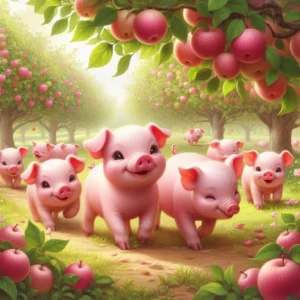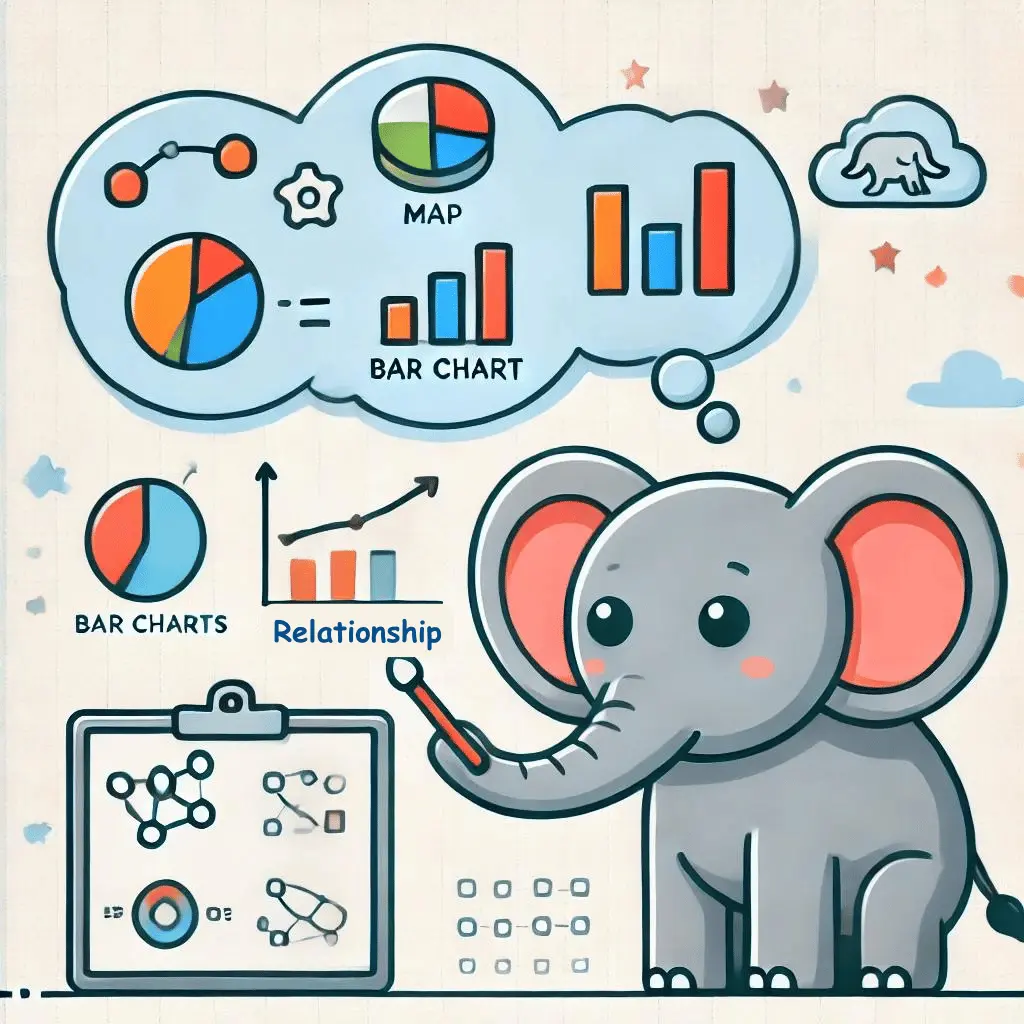LESSON 5.2
Let the Title Work for You
For Grades AP High School – College
 Review
Review
The difference between Old and New is at the heart of the Guthridge Writing System.
Old = The variable is something the listener or reader probably already knows OR does not care about.
New = The variable is something the listener or reader probably does not know much about AND is probably interested in.
Exceptions
Old + Old = New. Both variables are Old, but their relationship is New.
Comparison. Each variable has two parts. At least one end of the barbell (or their relationship) must be New. Put “vs.” on the bar.
General Directions
Pretend you have this prompt: Write a research paper of at least ten double-spaced pages.
You recognize it is a general instruction. However, that does not mean you should write a generalized paper.
Rather than write a paper, you will design one. If written, it would be about ten double-spaced pagers.
In finding a subject, the “secret” is to let the sources find the subject for you. Doing that involves several steps.
Choose a General Subject Immediately
Many students procrastinate in choosing a subject. It’s as if they think a tremendous idea will come to them in a cloud of inspiration.
In a general prompt, it does not matter what general idea you choose. But choose something you can understand.
Let’s say you choose elephants.
Enter the College Library Via the Net
The library URL will usually be library dot your college’s abbreviation dot edu
For example
Library.UAF.edu
Do not go into the book section. Instead, enter your subject in the top box that will appear.
You will be reading academic articles. These are written for college students and professionals.
Skim the Titles
DO NOT CHOOSE THE FIRST ONE YOU SEE.
Instead, look for ones that—
a. Have two variables
b. You feel you can understand.
Skip these articles:
a. Is shorter than 5 pages
b. Is longer than 20 pages
c. Has fewer than 20 references in the bibliography
d. Does not have references of academic articles
e. Is an announcement
f. Is a protocol. (A protocol shows the process the researcher or researchers intend to follow.)
g. Is highly opinionated.
h. Is a reviews or summary of other research

Task 5.2.1 – Tandem + Small Group
Titles are often What Statements that (usually) lack a verb.
The following boldfaced items are academic article titles taken from a college library. In teams of two, answer the questions about them. Assess the What Statements one variable at a time. Then share your answers with a small group.
- Wicked Problems, Novel Solutions: Nepalese Elephant Tourism and Conservation.
a. One variable is “wicked problems vs. novel solutions.” What is the other?
b. The variables are
O + N
N + O
N1 + N2
O + O + N Physical activity and temperature changes of Asian elephants (Elephas maximus) participating in eco-tourism activities and elephant polo.
a. “Physical activity and” should be deleted. Why?
b. One variable is “eco-tourism and elephant polo.” What is the other one?
c. The variables are
O + N
N + O
N1 + N2
O + O + N- Asian elephants distinguish sexual status and identity of unfamiliar elephants using urinary odours [odors].
This What Statement is somewhat tricky.
a. One variable is “distinguishing sexual status and identity of unfamiliar animals.” What is the other variable?
b. The variables are
O + N
N + O
N1 + N2
O + O + N - Attitudes towards the potential use of aversive geofencing devices to manage wild elephant movement.
a. One variable is “the potential use of aversive geofencing devices to manage wild elephant movement.” What is the other variable?
b. The variables are
O + N
N + O
N1 + N2
O + O + N - Mapping potential connections between Southern Africa’s elephant populations.
a. One variable is “Southern Africa’s elephant populations.” What is the other variable?
b. The variables are
O + N
N + O
N1 + N2
O + O + N

Task 5.2.2 – Tandem + Small Group
Like the above, the following boldfaced items are academic article titles taken from a college library. In teams of two, answer the questions about them. Assess the What Statements one variable at a time. Then share your answers with a small group.
6. Forest elephant crisis in the Congo Basin.
One variable is “Forest elephants in the Congo Basin.” What is the other one?
7. Dominance rank relationships among wild female African elephants.
One variable is “Dominance rank relationships among large wild animals.” What is the other one?
8. Behavior rather than diet mediates seasonal differences in seed dispersal by Asian elephants.
One variable is “Seed dispersal by Asian elephants.” What is the other one?
9. The dynamics of social networks among female Asian elephants.
One variable is “Dynamics of social networks among among large female wild animals.” What is the other one?
10. Ranging behavior of the Asian elephant in Sri Lanka.
One variable is “Asian elephants in Sri Lanka” or “Ranging behavior among elephants.” What is the other one?

Task 5.2.3 – Tandem + Small Group
Like the above, the following boldfaced items are academic article titles taken from a college library. In teams of two, answer the questions about them. Assess the What Statements one variable at a time. Then share your answers with a small group.
11. A comparison of social organization in Asian elephants and African savannah elephants.
What are the two variables? Remember: comparison variables have two parts.
12. The challenge of managing domesticated Asian elephants in Nepal.
What are the two variables?
13. The ivory trade and elephant conservation.
What are the two variables?
14. How reliable are dung counts for estimating elephant numbers?
What are the two variables?
15. Elephants in Nepal: Correlating disease, tourism, and welfare.
This potential What Statement is rare is that it has three variables. What are they?
